The designation "compact camera" already indicates the most important feature of this camera: it is characterised by a compact design and, thanks to its small dimensions, fits in any handbag or jacket pocket. Some models are even so space-saving that they can be carried in a trouser pocket. In terms of size and weight, compact cameras are many times ahead of other camera types such as system cameras or reflex cameras. They have a fixed lens that is moved out of the housing via a motor as soon as you switch on the camera. This saves a lot of space when the camera is switched off. At the same time, the lens is protected from damage. This type of camera is available both as a classic viewfinder camera and as a version without a viewfinder. All modern versions are equipped with a large display that can be used not only for taking photos but also for specifying the desired settings and then viewing the pictures taken. The digital compact camera is mainly used to capture everyday and uncomplicated motifs for eternity. It is ideal for snapshots on holiday, at parties or in nature. In addition to the motif programmes, many current models also offer creative programmes that allow individual determination of focal length and exposure time. This increases the range of functions of the compact digital camera, so that it is also suitable for amateur photographers. In addition to their small size, compact cameras are characterised by their ease of use, a favourable purchase price and their flexible usage options. All that matters is that you find a model that suits your needs.
Are you thinking of buying a compact digital camera? Then there are a few aspects you should look out for when making your purchase to be sure of finding a model that perfectly suits your needs.
Compact cameras are generally very small and light. Nevertheless, they are equipped with modern microprocessors, good optics and high-quality sensors. Nevertheless, before buying such a camera, you should remember that a small size is not only associated with advantages. The smaller the camera, the more difficult it is to operate because the buttons are no longer easy to reach or the display is too small. The image quality also suffers if the housing is too small, because then only very small sensors can be installed. Models that are about the size of a cigarette packet are well suited. They represent a solid compromise between usability and handiness.
The image sensor is the most important component of every digital camera. It is the counterpart to the film used in analogue photography. The size of the image sensor is very important for image quality. The larger it is, the better the quality of the resulting photos. Especially in low-light situations you will appreciate a large image sensor, because: The larger the area of the sensor, the more light it can absorb. In principle, the image sensors in compact cameras are always smaller than those in system and SLR cameras. This is due to the small size of these camera models. Nevertheless, the individual variants differ from each other in the dimensions of their image sensors, so that a comparison may well be worthwhile. Larger image sensors provide better light yield, less noise and high dynamic range. But small image sensors are also practical because they take up less space and are also suitable for small, high-zoom lenses. In addition, compact cameras with a small image sensor are cheaper than those with a larger sensor.
The resolution of a camera is often the feature that comes to the fore when making a choice. For many years, manufacturers have been outdoing each other with enormous resolution values. However, the resolution, i.e. the number of megapixels, is not enough to really form a judgement about the image quality. A camera with 20 megapixels does in principle make it possible to print pictures in large formats, but such cameras can also show a lot of image noise. The reason: in compact cameras, the sensor is rather small, so the numerous pixels on the sensor are arranged very densely. This is precisely why the image quality suffers. Therefore, don't be blinded by the pure resolution, but always take a closer look at the sensor size and the size of the individual pixels.
Just as with an SLR or system camera, the lens of a compact camera also plays an important role in image quality. The lens should be of high quality and fast. The focal length must also be taken into account, precisely because with compact cameras you cannot change the lens when you need to. The longer the focal length, the closer you can zoom in on a subject. But small focal lengths are also practical, for example for landscape pictures or interior shots.
Every digital camera needs power. For this, compact cameras either work with normal batteries or with a model-specific rechargeable battery. Nowadays, there are rarely models that draw their power from standard batteries. The advantage of this variant is that you can buy the batteries everywhere in shops and can also fall back on rechargeable batteries if necessary. However, the batteries also require a comparatively large amount of space and are not as powerful as specially made rechargeable batteries. Lithium-ion rechargeable batteries are usually used today. Even with frequent charging, the undesirable memory effect does not occur. In addition, the performance of these batteries remains constant over many charging cycles.
Before you buy a compact camera, you should also find out about its adjustment options. There are models with numerous automatic scene programmes - for portraits, landscapes, night shots, animals and sports, for example. These automatic programmes are perfect for amateurs because they do all the work for you and require no background knowledge. Amateur photographers who place a little more value on creative leeway should choose a model that is also equipped with creative programmes. Then you can choose the exposure time and the aperture yourself if necessary, which gives you more artistic freedom in photo composition.
Are you still undecided whether you should choose one of the compact cameras from this category or rather another type of camera? Then the following list of the most important advantages and disadvantages of compact cameras will certainly help you in your purchase decision.
Advantages:
Low weight
Compact dimensions
No lens change required
Many scene modes make shooting easy
Video recording possible
Inexpensive to buy
High ease of use
No expensive accessories required
Disadvantages:
Focal length and exposure time not always freely selectable
Heavy image noise in low light
ISO range is comparatively low
Seldom available with eyepiece viewfinder
Shutter lag is high
Provided you can put up with these drawbacks, you are certainly well advised to go for a compact digital camera.

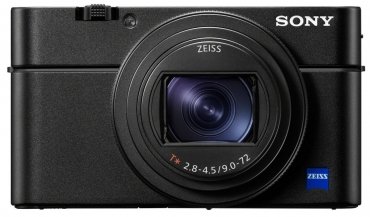
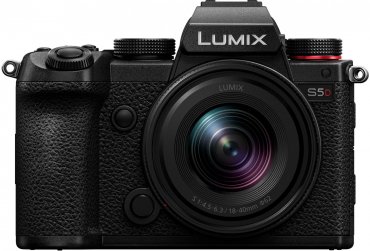
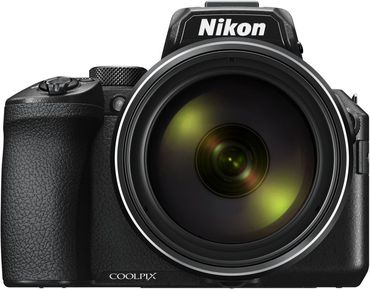

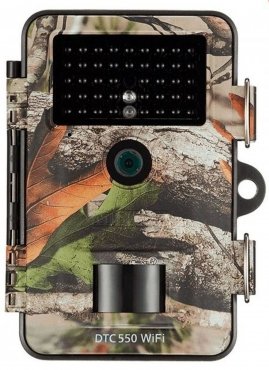
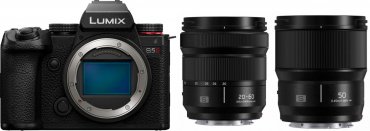
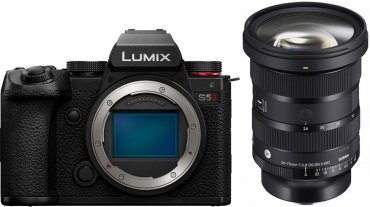
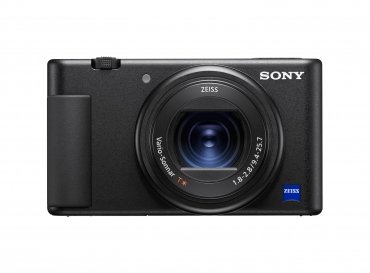
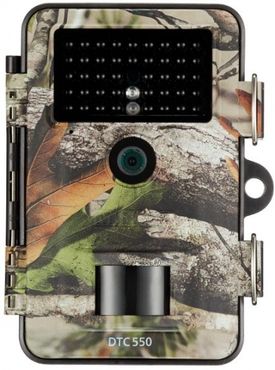
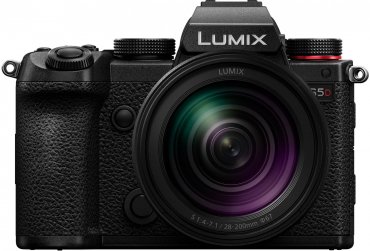
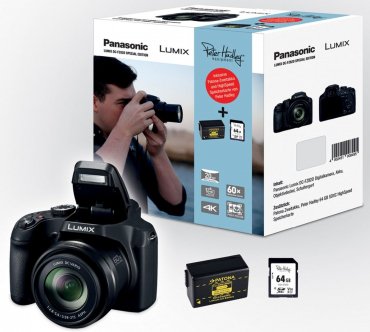
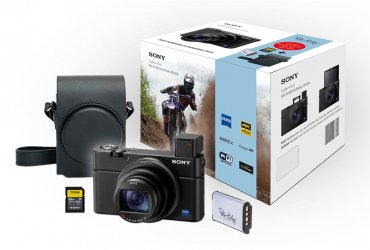
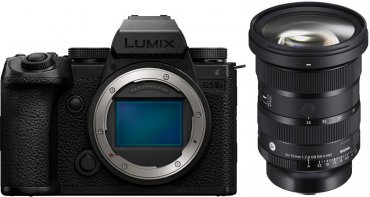
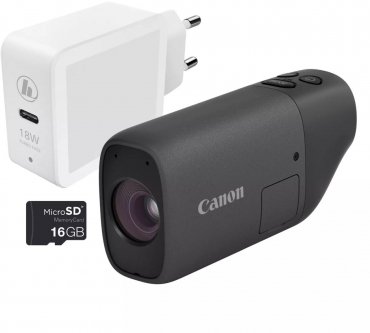
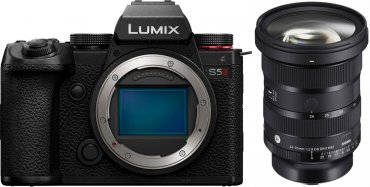
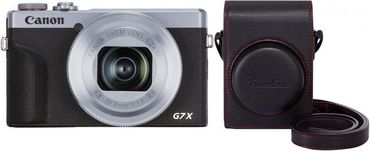
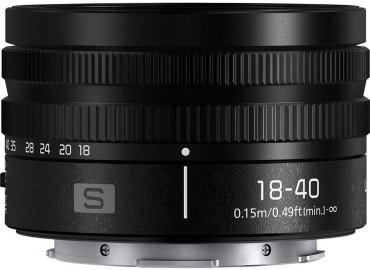
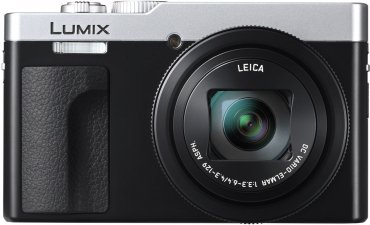
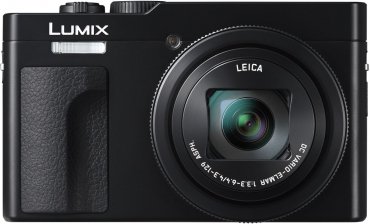
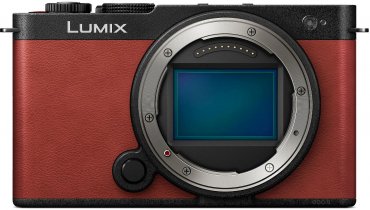
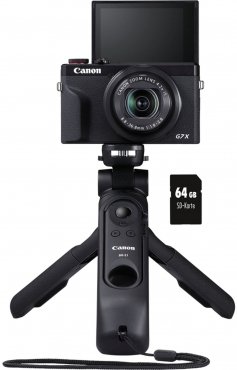
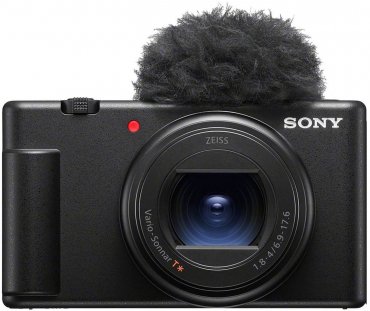
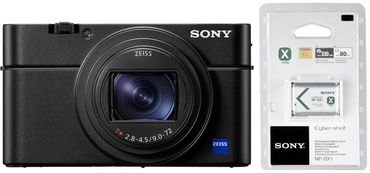
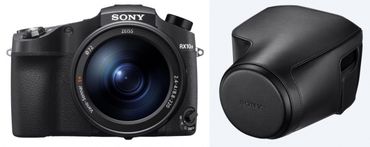


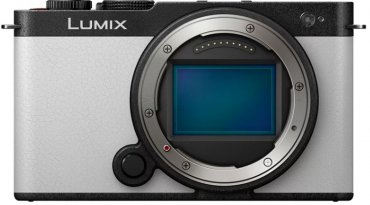

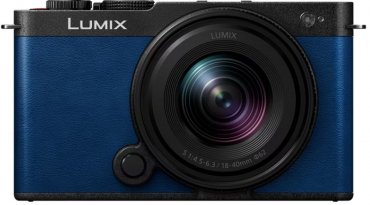
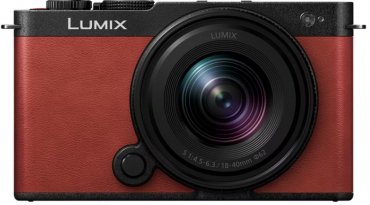
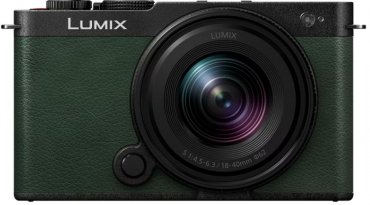
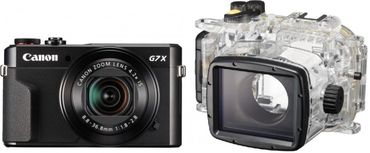


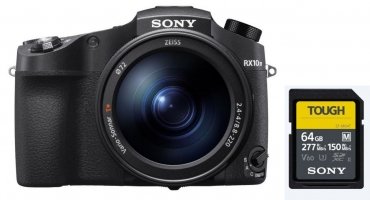
Simply subscribe and benefit as a newsletter recipient every week: